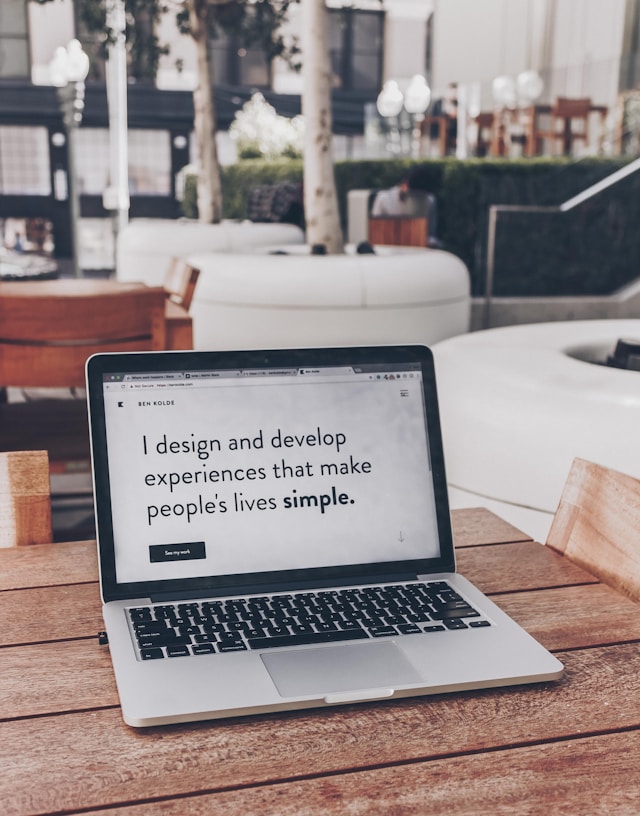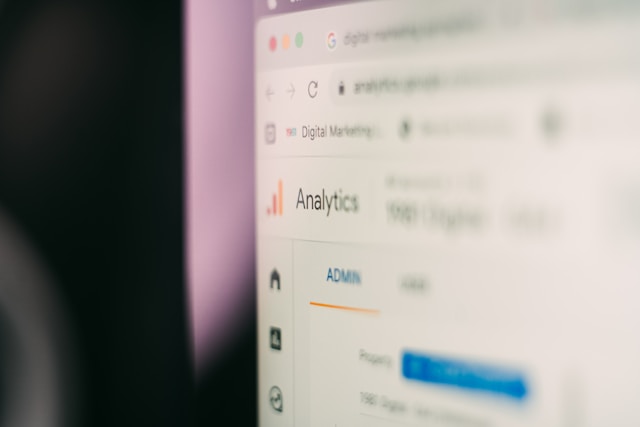Accessibility in User Experience (UX) Design is fundamental in creating digital experiences that everyone can enjoy, regardless of their abilities. By ensuring that websites, apps and digital tools are usable by all, designers can provide more inclusive and seamless interactions. Accessibility is not just about meeting legal obligations or ethical standards - it leads to better overall design, thus benefiting a wider audience. When inclusivity is prioritised, businesses can enhance user satisfaction, expand their reach and ensure their products are adaptable for the future. Let us explore why accessibility is an essential aspect of effective UX Design.
Inclusive design means a better user experience for all
Accessible design makes products usable to a wider audience, including individuals with visual, auditory, cognitive or motor impairments. Furthermore, accessible design often improves the experience for everyone. Features like larger text, higher contrast and intuitive navigation - which benefit people with impairments - also enhance usability for users in various contexts (e.g., in bright sunlight, noisy environments or on small screens).
For example, captions on videos help those with hearing impairments, but are also useful for people who may not want to play audio in a quiet space or while multitasking. Designing for accessibility often leads to solutions that benefit a larger audience.

Legal requirements and compliance
Ignoring accessibility can result in serious legal consequences. Many countries have laws requiring digital products to meet accessibility standards. In the U.S., for instance, the Americans with Disabilities Act (ADA) mandates that websites and digital services should be accessible to people with disabilities. Similarly, the European Union’s Web Accessibility Directive (WAD) enforces guidelines that must be followed by public sector websites and apps.
UX designers who overlook accessibility may risk their companies facing lawsuits, fines or damage to their reputations. To avoid these issues, adhering to accessibility standards like the Web Content Accessibility Guidelines (WCAG) is critical.
Loyal customer base and improved brand perception
People with disabilities form a significant portion of a population. By ensuring that the product is accessible to them, businesses can open up their brand to a broader public, leading to increased user commitment and customer loyalty. When users with disabilities have positive experiences with a product, they are more likely to become repeat customers and recommend it to others.
Moreover, accessibility can positively impact brand perception. When a company demonstrates that it values inclusivity and is proactive in addressing the needs of diverse users, it sends a message of social responsibility. This can foster goodwill and attract socially conscious consumers who appreciate brands that prioritise ethical practices.
SEO benefits
Accessibility and Search Engine Optimisation (SEO) often go hand-in-hand. Search engines like Google reward websites that follow best practices, many of which align with accessibility guidelines. For example, adding alt text to images improves accessibility for visually impaired users and also boosts SEO rankings because search engines use alt text to understand image content.
Similarly, providing clear, concise headings, accurate labelling and easily navigable site structures are all practices that enhance both accessibility and SEO performance. Designing with accessibility in mind can improve a product’s visibility in search results while also making it more user-friendly.

Future-proofing a product
Technology is evolving rapidly, and the push for inclusivity will only grow stronger over time. UX designers who prioritise accessibility today will future-proof their designs as more devices, platforms and services evolve to meet accessible standards. Whether it is voice interfaces, augmented reality or AI-driven solutions, making sure a product is accessible now will make it easier to adapt to emerging technologies.
Building accessibility into a product from the start is far easier than retrofitting it later. Proactive design allows for smoother iterations and more scalable solutions in the long run.
Fostering innovation through constraints
Accessibility introduces certain constraints into the design process, but these constraints often foster creativity and innovation. By considering how different users will interact with a product, UX designers are challenged to think more broadly and deeply about their solutions.
For example, designing for keyboard-only navigation or voice commands may spark ideas for improving overall site navigation. These innovations, initially driven by the need for accessibility, can lead to breakthroughs that benefit all users, not just those with disabilities.
Conclusion
Accessibility in UX Design is not just a box to tick off — it is a fundamental part of creating meaningful, user-centred experiences. By designing with accessibility in mind, UX designers are not only complying with legal standards but also making a product more inclusive, innovative and user-friendly for everyone.
Incorporating accessibility from the beginning helps build a more loyal customer base, enhances brand reputation and improves SEO performance. It is a win-win situation that benefits both users and businesses alike. So, whether you are designing a website, an app or a digital service, remember that accessibility is key to delivering a superior user experience. Make inclusivity a priority, and your product will stand out for all the right reasons.
Study UX Design at PFH
Becoming a UX designer is an exciting and rewarding journey, especially for those who love solving problems, understanding users and creating beautiful digital experiences. We have designed this programme to help you apply the skills you have acquired with your first university degree in the fields of Management, Psychology and Computer Science. Additionally, you will acquire new and interdisciplinary competencies from the fields of Psychology, Business Information Systems and Business Administration, which are necessary later in the field of digital product and service development.
Thanks for taking the time to read our blog post on essential skills every UX designer should master. If you are thinking about studying abroad and pursuing a career in UX design, take a look at our Master’s degree in User Experience Management & Design.
At PFH we make sure you receive a high-quality education that makes balancing your work and studies easier!
Post summary
- Accessible design improves the user experience not just for those with disabilities, but for everyone by offering features like larger text, better contrast and intuitive navigation.
- Accessibility is legally required in many countries, with laws like the ADA (U.S.) and Web Accessibility Directive (EU), which enforce standards that must be met to avoid penalties.
- Providing an accessible product shows social responsibility, builds brand loyalty and attracts a wider audience, including users with disabilities.
- Many accessibility best practices, such as alt text and clear headings, also improve SEO, helping your product rank higher in search engines.
- Designing for accessibility now ensures easier adaptation to new technologies, making your product more flexible and sustainable in the long term.
- Constraints imposed by accessibility needs foster creativity, leading to design solutions that benefit all users, not just those with disabilities.
